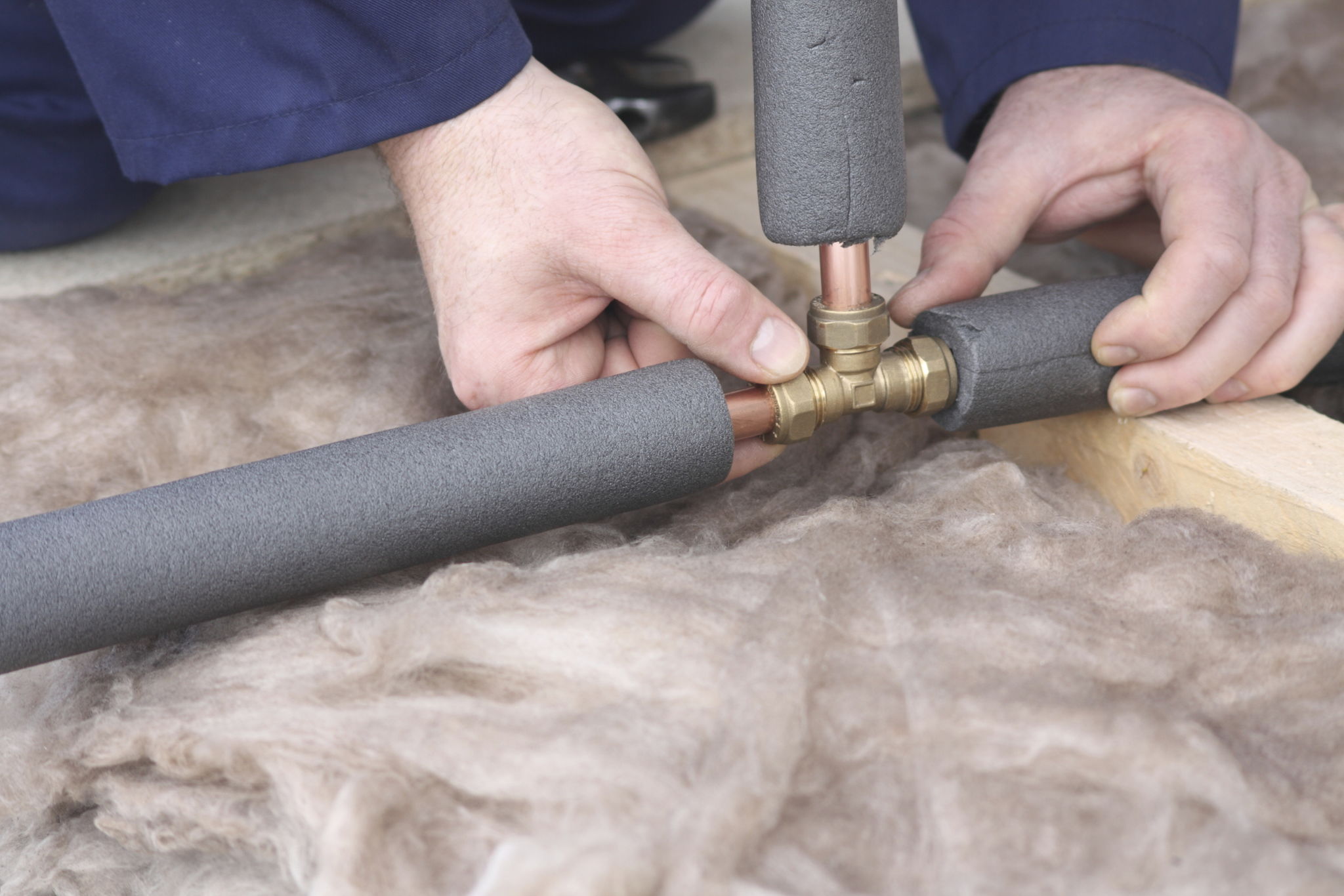DIY Tips for Maintaining Your Hot Water System
Understanding Your Hot Water System
Maintaining your hot water system is crucial for ensuring it runs efficiently and lasts longer. Knowing the basics of how your system operates will help you tackle common issues and perform routine maintenance. Whether you have a gas, electric, or solar-powered unit, each type requires specific attention and care.
Familiarize yourself with the components of your hot water system, including the tank, thermostat, and heating element. Regular inspections can help you identify potential problems before they escalate, saving you money on costly repairs down the road.

Perform Regular Inspections
Check for Leaks
One of the simplest yet most crucial aspects of hot water system maintenance is checking for leaks. Inspect the area around your tank and pipes regularly. Even small leaks can lead to significant water damage and inefficiencies in your system. If you spot any leaks, address them immediately by tightening connections or replacing faulty parts.
Inspect the Pressure Relief Valve
The pressure relief valve is a vital safety feature of your hot water system. It prevents excessive pressure build-up, which could cause the tank to burst. Test the valve by lifting its lever and letting it snap back. You should hear a gurgling sound as water is released into the overflow tube. If not, it might be time to replace the valve.

Flush Your Hot Water Tank
Over time, sediment builds up at the bottom of your hot water tank, reducing its efficiency and lifespan. Flushing your tank annually can help remove these deposits. Begin by turning off the power supply to the water heater and allowing it to cool down. Connect a hose to the drain valve and direct it to a safe drainage location. Open the valve and let the water flow out until it runs clear.
Once you've flushed out the sediment, close the drain valve, remove the hose, and refill the tank with cold water. Turn the power back on and let the system heat up to its normal operating temperature.

Check the Thermostat Settings
Your hot water system’s thermostat controls the temperature of the water. Keeping it set at an optimal level not only ensures comfort but also saves energy. Most experts recommend setting your thermostat to around 120 degrees Fahrenheit (49 degrees Celsius). This temperature is hot enough for everyday use but not so high that it risks scalding or increasing utility bills unnecessarily.
Monitor Energy Consumption
If you notice a sudden spike in energy consumption, it could be related to your hot water system. Factors such as a malfunctioning thermostat or heating element can lead to inefficiencies. Regular monitoring can help you identify unusual patterns in usage and address them promptly.
Insulate Your Hot Water System
Insulating your hot water tank and pipes can significantly improve energy efficiency by reducing heat loss. You can purchase pre-cut insulation jackets for your tank and wrap pipe sleeves around exposed pipes. This simple DIY project can help maintain consistent water temperatures and lower heating costs.
Pay special attention to the first six feet of hot and cold water pipes connected to the heater. Insulating these sections can have a substantial impact on overall system performance.

